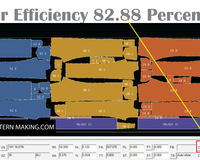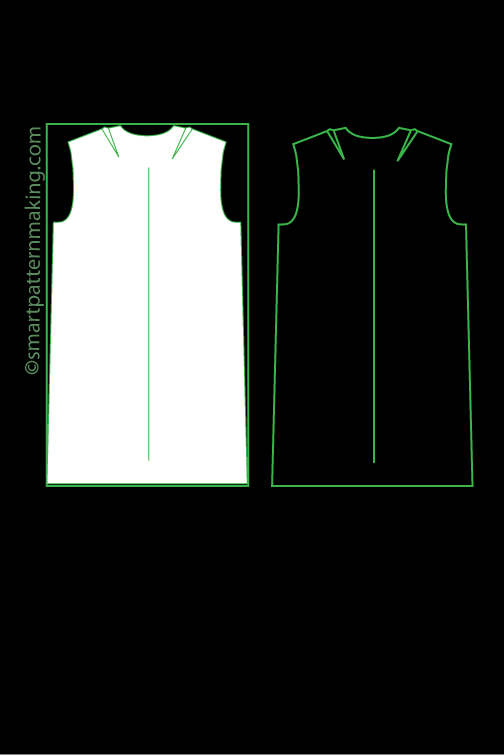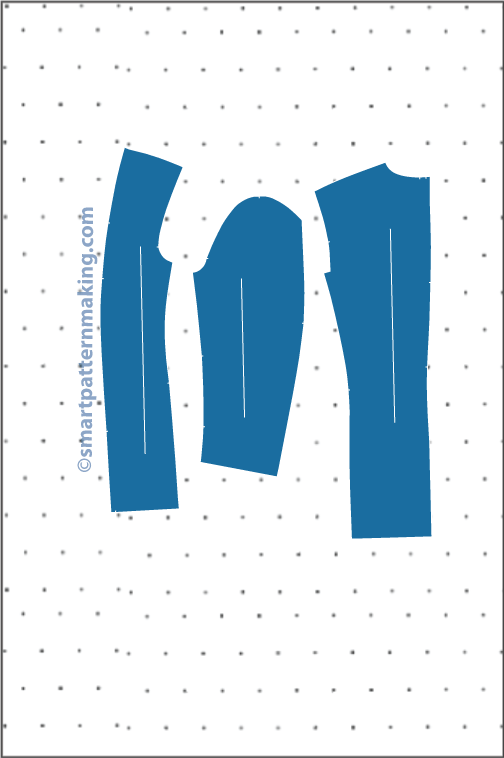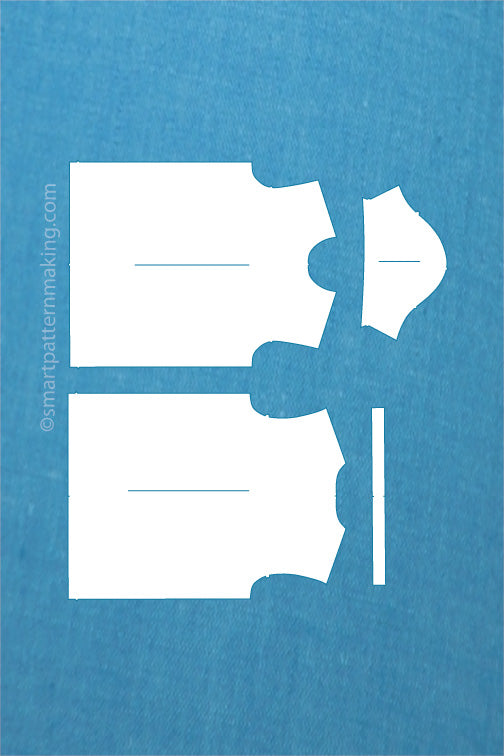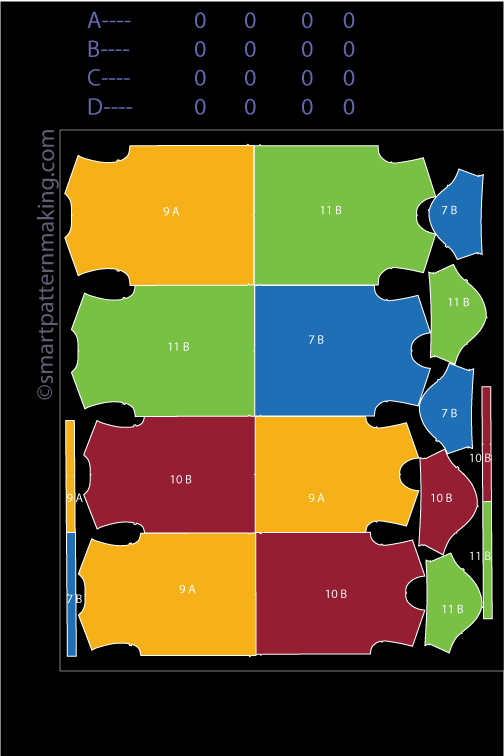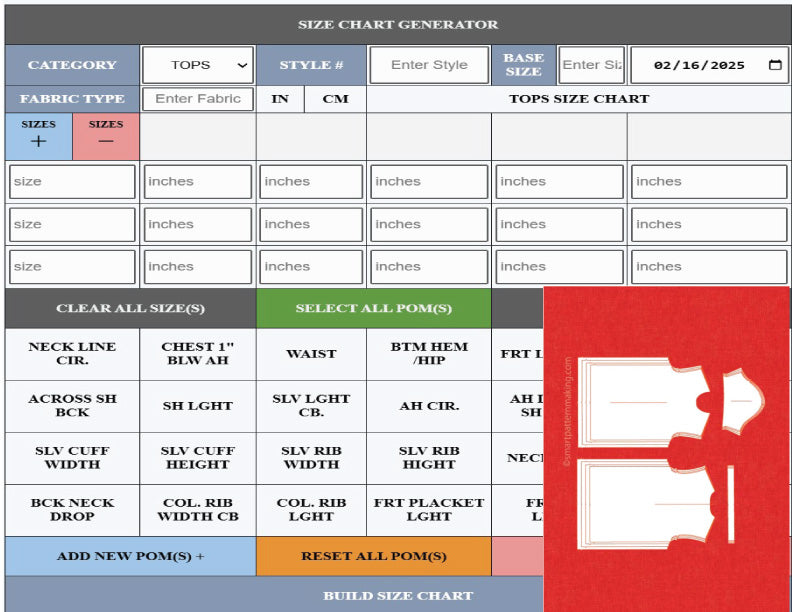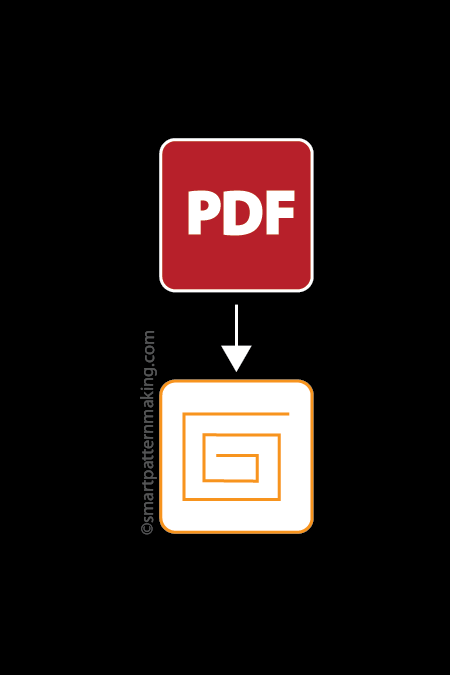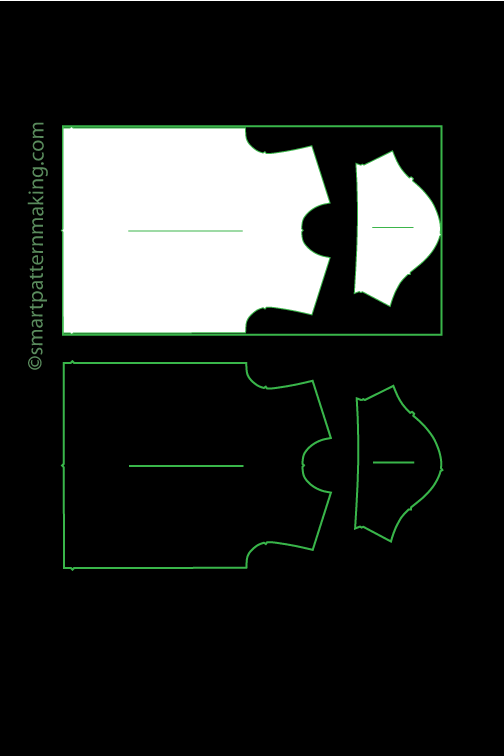Skirt Pattern Grading: Simple Tips to Start Grading Skirts
When many people hear the term skirt pattern grading the first thought that jumps into their mind is that it involves a series of complicated measurements and fancy tailoring tools. But truth be told, the process skirt pattern grading is easy, simple and not complicated once you understand the concept and become familiar with the basics. The skirt pattern grading procedure can be done by anyone, he home sewer, the professional dressmaker or the independent designer, by understanding the concept, being familiar with the basics of skirt pattern grading and with constant practice, you too can do job just as good as Gucci, Versace, Calvin Klein and all of the various big brand designers out there.
The main essence of carrying out the skirt pattern grading procedure is to proportionally increase or decrease the size or measurement of a skirt pattern, while also retaining the shape, fit, balance and scale of style of details of the skirt pattern.
Skirt grading pattern was made popular as a result of the advent of commercial skirt pattern and also the wholesale manufacturing of skirt pattern clothing. To ensure that the skirt pattern properly fits to a range of size, the skirt pattern has to be graded to an increased or decreased size. When the skirt pattern is graded to an increased size, then it is a grade up skirt and when it is graded to a decreased size, then it is a grade down skirt. In most cases, what is being done by clothing companies and manufacturers is that they take a middle sized skirt, let’s say a size 12, which is generally a middle size for most skirt and then grade it up and an increased size or grade it down for a reduced size. A typical size 12 skirt pattern can be graded up to an increased size of let us say 14 or 16 by using the cut and spread technique and likewise it can be grade down to a size 8 by using the cut and overlap technique.
Generally, there are three basic techniques that can be used in skirt pattern grading. These techniques include; cut and spread technique, pattern shifting technique and computer grading technique. All the methods are capable of producing a perfect fit and correct grade and as such no one method can be said to be technically superior to the other.
- Cut and spread: The cut and spread skirt grading technique is unanimously recognized as the easiest method of all three techniques. The cut and spread technique forms the source of the other two methods of grading. To use the cut and spread grading method on your skirt pattern, you cut the skirt and spread the fabric by your preferred measurement to grade up the skirt or overlap the fabric by your preferred measurement to grade down the skirt.
- Pattern shifting: This technique involves the process of expanding the overall measurement of the skirt pattern by shifting it to a preferred measure up, down, left and right. This measurement can be achieved using a special ruler and then redrawing the original shape of the skirt to produce the same pattern as the cut and spread technique.
- Computer grading: The computer grading technique for skirt pattern is a state of the art technique that involves technological procedures. It makes use of computer software to achieve skirt pattern resizing.
Prior to starting the process of skirt grading it is vital that you establish the skirt measurement and your body measurement so as to determine whether the skirt pattern grading would be graded up or graded down and by how much measurement.
Most times people confuse skirt pattern grading with skirt pattern resizing, but they are not the same. Skirt pattern grading is used to increase or decrease the size of a skirt based on the overall differences between the skirt measurement and body measurement, while skirt pattern alteration is used to make a skirt size conform to an individual’s body, shape and figure. What is important to note here is that the purpose of skirt pattern grading is to increase or reduce the size of the skirt pattern but skirt pattern alteration is intended to change the shape of the skirt.
When you first try skirt pattern grading, you would do well to start with the basic, skirt front and back, length, waist and hips, then you can proceed to take on more challenging designs. As the saying goes practice makes perfect and with continuous trials of skirt pattern grading you can sharpen on your skill which prepares you for more complex tasks. Skirt pattern grading can be as complicated as it can be simple so it is crucial that when you first start grading you endeavor to start out with the basic.
Ready to start grading your patterns? Click the get started button below. We are apparel industry pattern grader professionals with 25 plus year experience in pattern grading and resizing.
Alejandro Esparza: Co-Founder @ smartpatternmaking.com /Professional Pattern Maker/ Technical Designer/ Startup Advisor and acknowledged in the garment industry as authority in pattern making and pattern design process. He has the ability to work with small entrepreneurial companies’ private label customers and large organizations. Alejandro is a graduate of Los Angeles Trade Technical College Fashion Design Program. He has over 25 years of apparel garment industry experience and is part of Expert Ezine Articles Authors community since December 25, 2008 and has published multiple articles about the garment industry. Copyright © by Alejandro Esparza. All Rights Reserved. No part of this article may be copy or used without written Permission from Alejandro Esparza the Author.
-------





